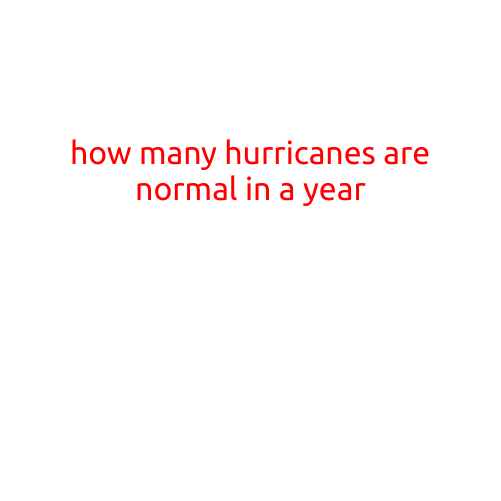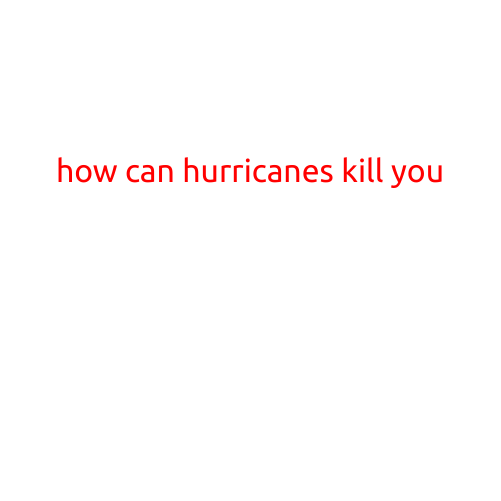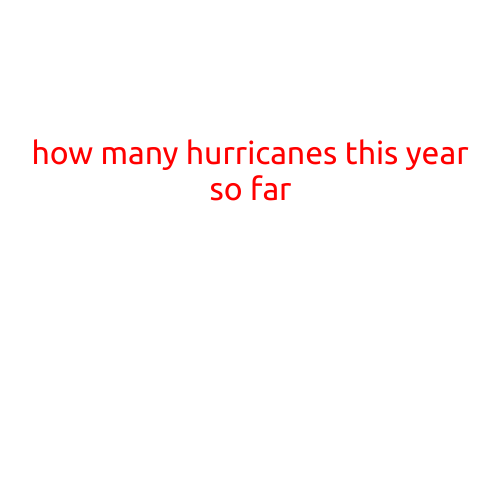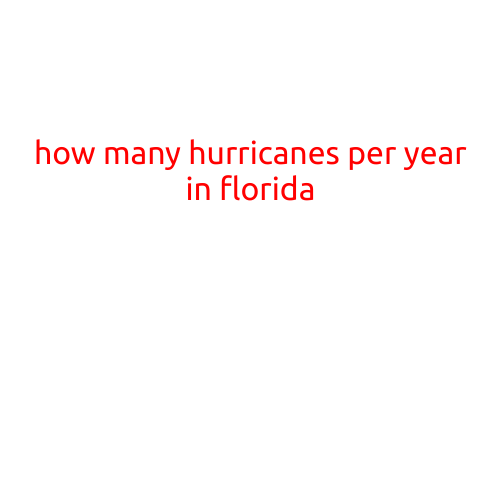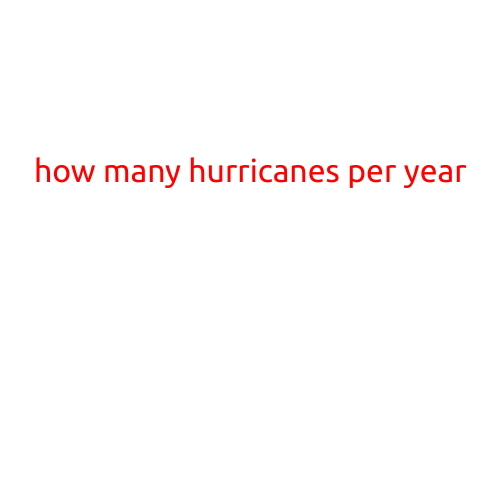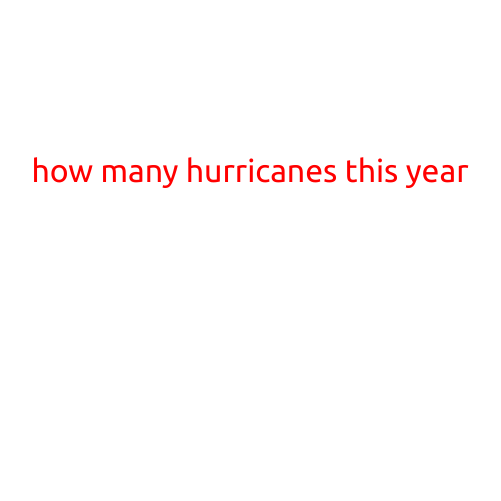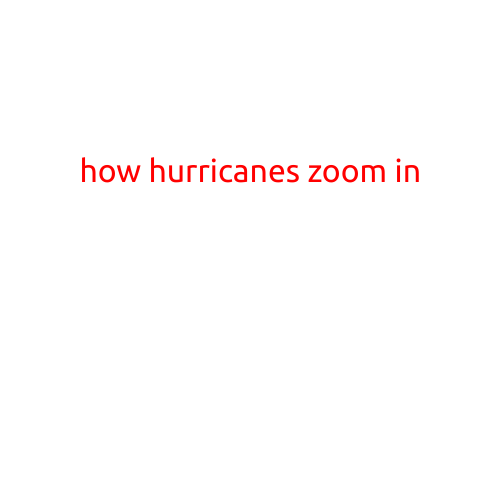
How Hurricanes Zoom In: The Fascinating Science Behind Their Formation
Hurricanes are awe-inspiring natural wonders that have captivated the attention of scientists and the general public alike for centuries. These powerful storms can bring destruction, chaos, and devastation to the areas they affect, leaving a trail of destruction in their wake. But how do these massive storms manage to zoom in on their targets with such precision and force? In this article, we’ll delve into the fascinating science behind hurricane formation and explore the mechanisms that allow them to zoom in on their intended victims.
The Perfect Storm
Hurricanes form when a combination of atmospheric and oceanic conditions come together to create the perfect storm. The basic ingredients required for hurricane formation include warm ocean waters (at least 26.5°C or 80°F), moist air near the surface, and a pre-existing weather disturbance, such as a low-pressure system or a tropical wave.
When these conditions come together, they create a feedback loop that strengthens the storm. The warm ocean waters heat the air above them, causing it to rise and create an area of low pressure. As the air rises, it cools and condenses, forming clouds and releasing heat, which in turn fuels further convection. This process creates a self-reinforcing cycle that drives the storm’s growth and intensification.
The Role of Wind
Wind plays a crucial role in hurricane formation and intensification. As the storm spins, it creates strong wind shear, which is the change in wind speed or direction with height. This shear disrupts the storm’s circulation and allows it to draw in more air from the surrounding environment, which in turn weakens the winds.
However, when the wind shear is minimal, the storm is free to spin unchecked, allowing it to build in strength. As the storm gains momentum, it begins to create stronger winds, which in turn push the storm’s eye wall towards the center of the storm. This creates a vortex that draws in more air and fuel, further intensifying the storm.
The Eye of the Storm
The eye of the storm is the calm, circular region at the center of the hurricane. It is the area of lowest pressure and temperature, and is often accompanied by clear skies and fair weather. But the eye is also the most critical component of the storm, as it is the focal point around which the entire storm revolves.
The eye is created by the rotation of the storm, which creates a region of low pressure at its center. As the storm spins, it creates a high-pressure region above the eye, which pushes the clouds and wind away from the center. This leaves a calm, clear area at the heart of the storm.
Zooming In
So, how do hurricanes zoom in on their targets? Put simply, it’s a combination of their unique circulation pattern and the strong winds that drive them. As the storm spins, it creates a region of low pressure at its center, which draws in more air and fuel from the surrounding environment. This creates a vortex that pushes the storm’s eye wall towards the center of the storm, further intensifying the winds.
As the storm approaches land, the strong winds and heavy rain can create significant damage and disruption. The eye of the storm becomes a focal point of intense calm, surrounded by powerful winds and torrential rain. This combination of intense winds and heavy rain creates a devastating impact zone, as the storm makes landfall and brings destruction to the areas it affects.
Conclusion
Hurricanes are awe-inspiring natural phenomena that have captivated the attention of scientists and the general public alike for centuries. Their formation is a complex process that involves a combination of atmospheric and oceanic conditions, as well as the unique circulation patterns that drive them.
As we’ve seen, the eye of the storm is the focal point around which the entire hurricane revolves, and it’s the area of lowest pressure and temperature. But the eye is also the most critical component of the storm, as it’s the area where the winds are at their strongest and the damage is at its most severe.
Understanding how hurricanes form and intensify is crucial for predicting and preparing for these powerful storms, which can bring devastating damage and disruption to the areas they affect. By studying the science behind hurricane formation, we can better understand and prepare for these storms, and ensure that we’re taking the necessary steps to protect ourselves and our communities from their fury.
